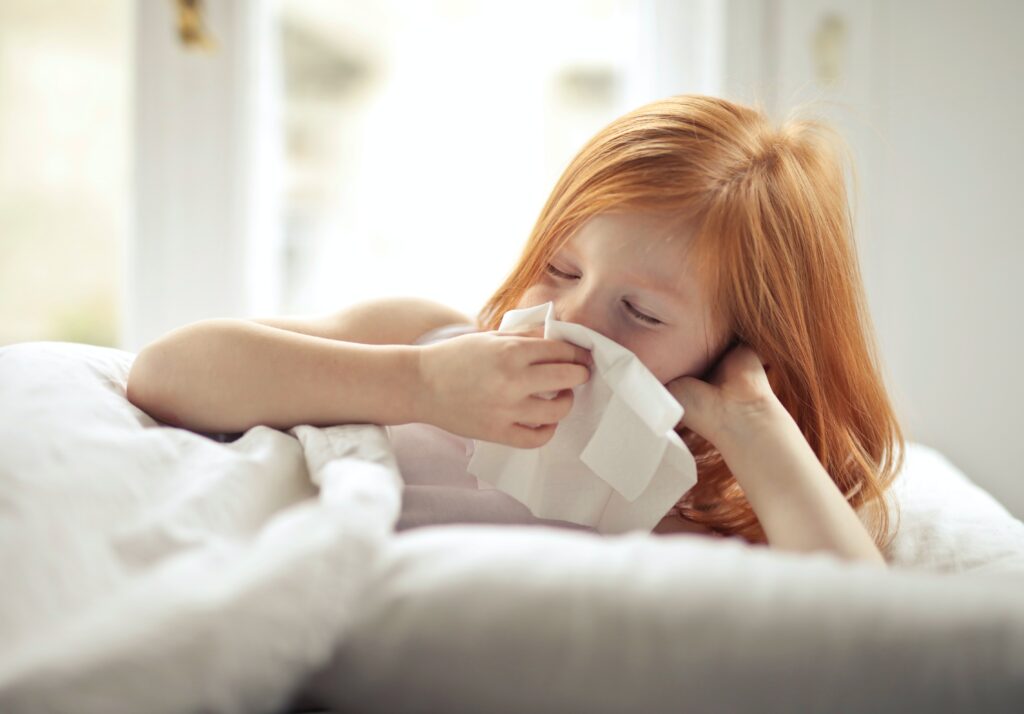As the leaves begin to change colors and the crisp, cool breeze of autumn fills the air, the fall season ushers in a host of changes. For many, it marks the return to school, whether as students, teachers, or parents. Unfortunately, it also signals the arrival of flu season. The convergence of these events can lead to an increase in flu cases, making it essential for us to take proactive measures to prevent its spread and safeguard our well-being. In this article, we’ll explore the significance of the fall flu season and provide valuable insights on how to stay healthy and flu-free as we head back to school.
The Fall Flu Season: Understanding the Threat
Fall is a time of transition, not only in terms of the weather and the environment but also for our health. The fall flu season typically starts in October and can extend into the early months of the new year. The reasons for the seasonal spike in flu cases during this period are multifaceted:
- Close Contact in School: With the return to school, children, teachers, and staff are in close proximity for extended periods, creating an environment conducive to the spread of respiratory viruses like the flu.
- Changing Weather: Fall’s fluctuating temperatures and humidity levels can weaken our immune systems, making us more susceptible to infections.
- Indoor Crowding: As the weather cools down, people spend more time indoors, where the virus can easily spread from person to person.
Preventing the Flu: Key Strategies
- Get Vaccinated: One of the most effective ways to prevent the flu is by getting a flu vaccine. Annual vaccination is recommended for everyone aged six months and older. It’s essential to get vaccinated before the flu season peaks, ideally in September or early October.
- Hand Hygiene: Frequent handwashing with soap and water for at least 20 seconds can significantly reduce the risk of flu transmission. Encourage children to wash their hands regularly, especially before meals and after using the restroom.
- Respiratory Hygiene: Teach children to cover their mouth and nose with a tissue or their elbow when coughing or sneezing. This helps prevent the spread of respiratory droplets containing the flu virus.
- Stay Home When Sick: If you or your child develops flu-like symptoms, such as fever, cough, sore throat, body aches, or fatigue, it’s crucial to stay home from school or work to avoid infecting others.
- Cleaning and Disinfection: Regularly clean and disinfect frequently-touched surfaces and objects, such as doorknobs, light switches, and shared classroom materials.
- Healthy Lifestyle: Encourage a healthy lifestyle by ensuring children get enough sleep, eat a balanced diet, and engage in regular physical activity. A strong immune system is better equipped to fend off infections.
- Avoid Close Contact: If possible, maintain physical distance from individuals who are sick, and encourage your child to do the same.
- Masks: Depending on the current COVID-19 guidelines and local conditions, consider using masks in situations where there is a higher risk of transmission, such as crowded indoor settings.
Conclusion
As the fall season unfolds and we return to school, it’s essential to remain vigilant about the threat of the flu. By adopting preventive measures such as vaccination, good hand and respiratory hygiene, and maintaining a healthy lifestyle, we can significantly reduce the risk of falling victim to the flu virus. Let’s make the most of this beautiful season while staying flu-free and ensuring the well-being of our communities. After all, a healthy autumn is a happy autumn!
